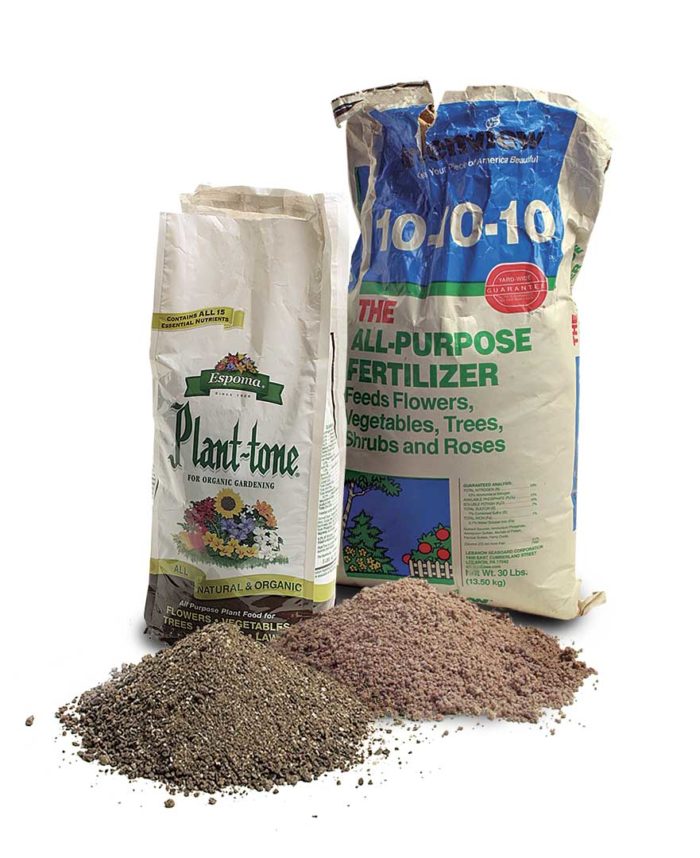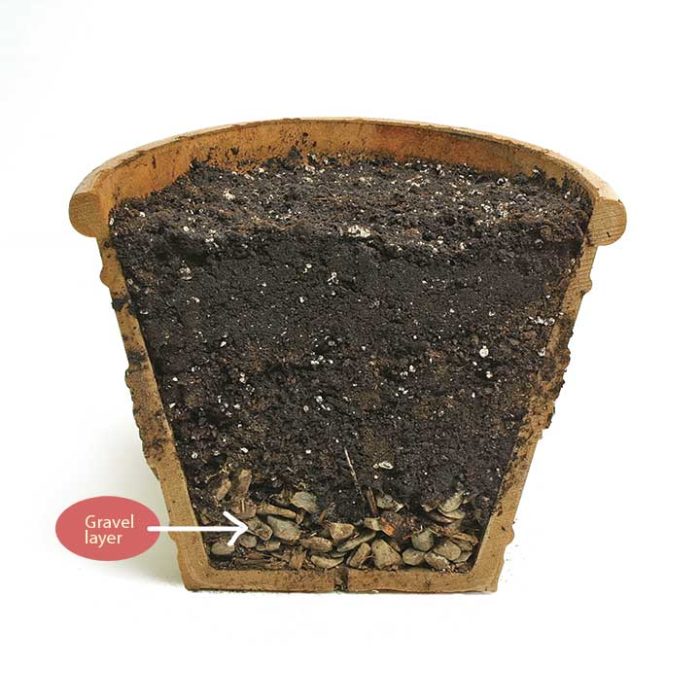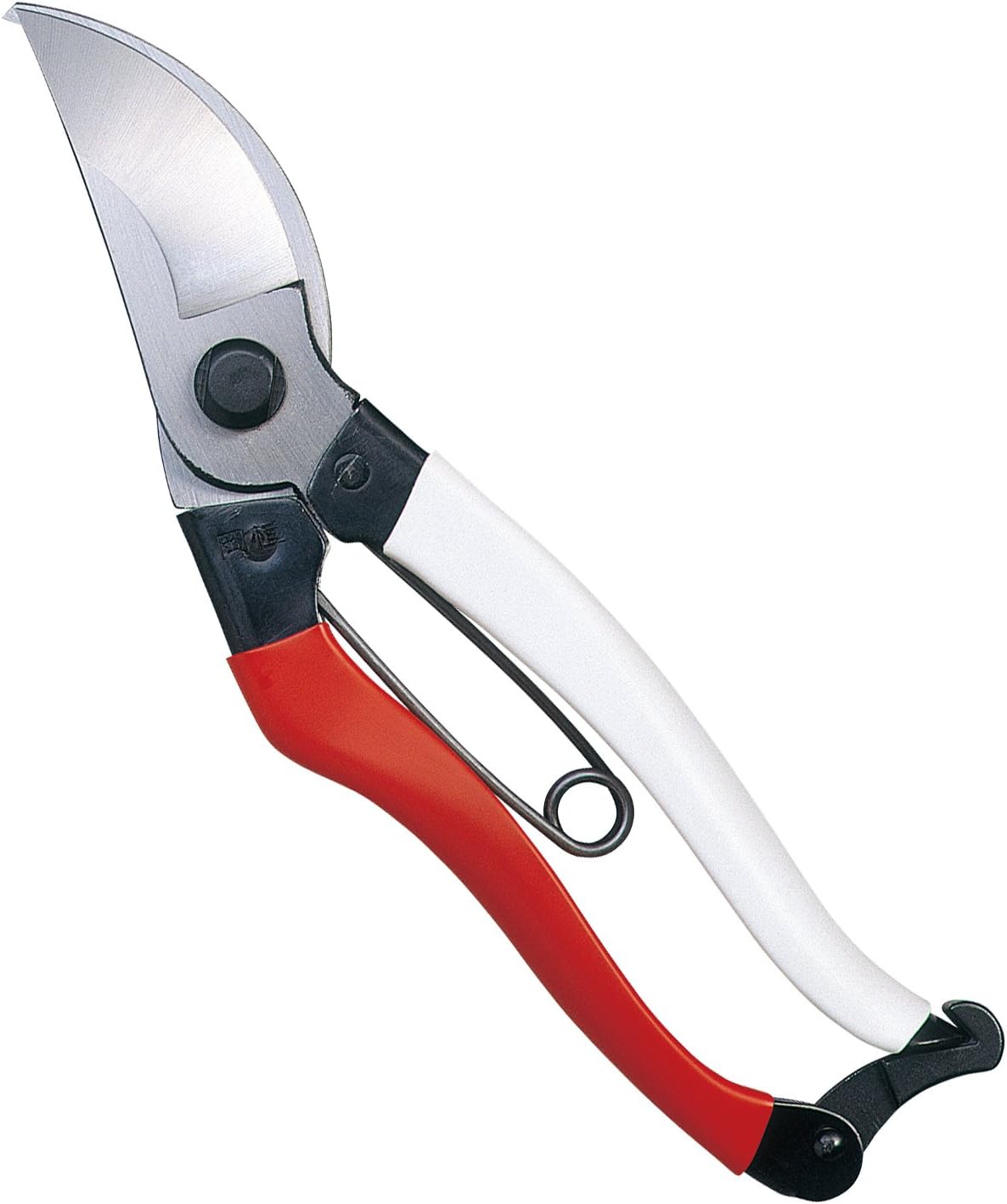3 Myths About Soil
Knowing the truth can save you time and money

Being mostly hidden from view makes soil mysterious, and over the years, a fair share of soil myths have been generated. These falsehoods have overstayed their welcome because, first, they’re not true and, second, they sometimes call for more work than is necessary. Here are a few of the more common myths you should stop believing.
Learn more: See More Gardening Myths
Myth: Plants experience no difference between organic and synthetic fertilizers.
Fact: Organic fertilizers are better for plants because they release their nutrients when plants need them most.
 The nutrients in organic fertilizers, such as soybean meal, are converted to a soluble form by soil micro-organisms. These creatures process organic fertilizers more quickly as conditions become warmer and more moist.
The nutrients in organic fertilizers, such as soybean meal, are converted to a soluble form by soil micro-organisms. These creatures process organic fertilizers more quickly as conditions become warmer and more moist.
Warmth and moisture also spur plant growth; the faster that plants grow, the more nutrients they need. Thus, the release of usable plant food from organic fertilizers coincides with plants’ needs.
Organic fertilizers have other, more subtle benefits. Most notably, they provide a host of nutrients compared to the few found in synthetic fertilizers.
The nutrients in synthetic fertilizers, on the other hand, are water soluble, which renders them readily accessible to plants—whether or not plants need them. And that can lead to problems.
Nutrients from synthetic fertilizers are often hanging around in the soil, but plants may not need them at the time. These nutrients can burn plant roots or be washed away by rain, potentially contaminating ground and surface waters.
Applying synthetic fertilizers repeatedly through the growing season, though often advised, only attempts to approximate plants’ needs. Another frequent recommendation is to use “slow-release” fertilizers, but again, these are not tied to the conditions that make plants grow. Water alone causes nutrient release from these fertilizers. In addition, applying synthetic fertilizers can be expensive because you may end up using more than you need.
Myth: Mulching with high-carbon materials, such as wood chips, sawdust, or straw, temporarily starves plants of nitrogen.
Fact: Plants are deprived of nitrogen only if these materials are mixed into a soil, but not when you lay them on the surface as mulch.
Soil microorganisms need a balance of their two major foods—nitrogen and carbon—to thrive. When you add a material high in carbon to the soil, the nitrogen to balance it must come from the soil itself. Soil micro-organisms are much better at accessing nitrogen than plants are, so plants get starved of nitrogen. When the microorganisms die, the nitrogen becomes available again to plants.
But when you lay a high-carbon mulch on the soil’s surface, the breakdown of material takes place very slowly at the soil-mulch interface. The breakdown is slow enough that nitrogen taken up by microorganisms is balanced by its rerelease into the soil. Problems arise only if a soil is infertile or if seeds are planted directly in a thick layer of mulch.
Myth: You can improve soil drainage by adding a layer of coarse material, such as gravel or coarse organic matter, to the soil.
Fact: The effect is exactly the opposite. Drainage is impeded by a coarse layer of material buried in the soil.

These efforts impede drainage because a layer of water forms just above the coarse layer. This perched water table forms whenever there is a dramatic change in soil porosity.
Ignore this recommendation for improving drainage. Do not layer coarse materials into the bottom of planting holes. For the bottoms of flower pots, use only what is needed to keep the soil from washing through the hole, such as a bit of screening.
Myth: Oak leaves or pine needles used as mulch or dug into the soil will make the soil more acidic.
Fact: The effect of these mulches on soil acidity is only slight and temporary.
Gardeners often choose one mulch over another for its effect on soil pH. Oak leaves or pine needles, for example, are recommended to acidify soil. Whether used as mulch or dug into a soil, these materials will become more acidic as they decompose and help lower soil pH. Over time, however, the acidity of decomposed organic materials decreases, with their pH levels creeping back toward neutral.
Sulfur, a naturally mined mineral available as pellets, is more effective at increasing acidity. However, minerals in many soils that are naturally alkaline will work to make the soil less acidic, so the sulfur must be reapplied periodically.
—Lee Reich is a contributing editor and a soil scientist from New Paltz, New York.
Fine Gardening Recommended Products

Spear & Jackson 4930FZ Razorsharp Telescopic Tree Pruner
Fine Gardening receives a commission for items purchased through links on this site, including Amazon Associates and other affiliate advertising programs.

Okatsune 103 Bypass Pruners General Purpose Medium
Fine Gardening receives a commission for items purchased through links on this site, including Amazon Associates and other affiliate advertising programs.







Comments
Log in or create an account to post a comment.
Sign up Log in